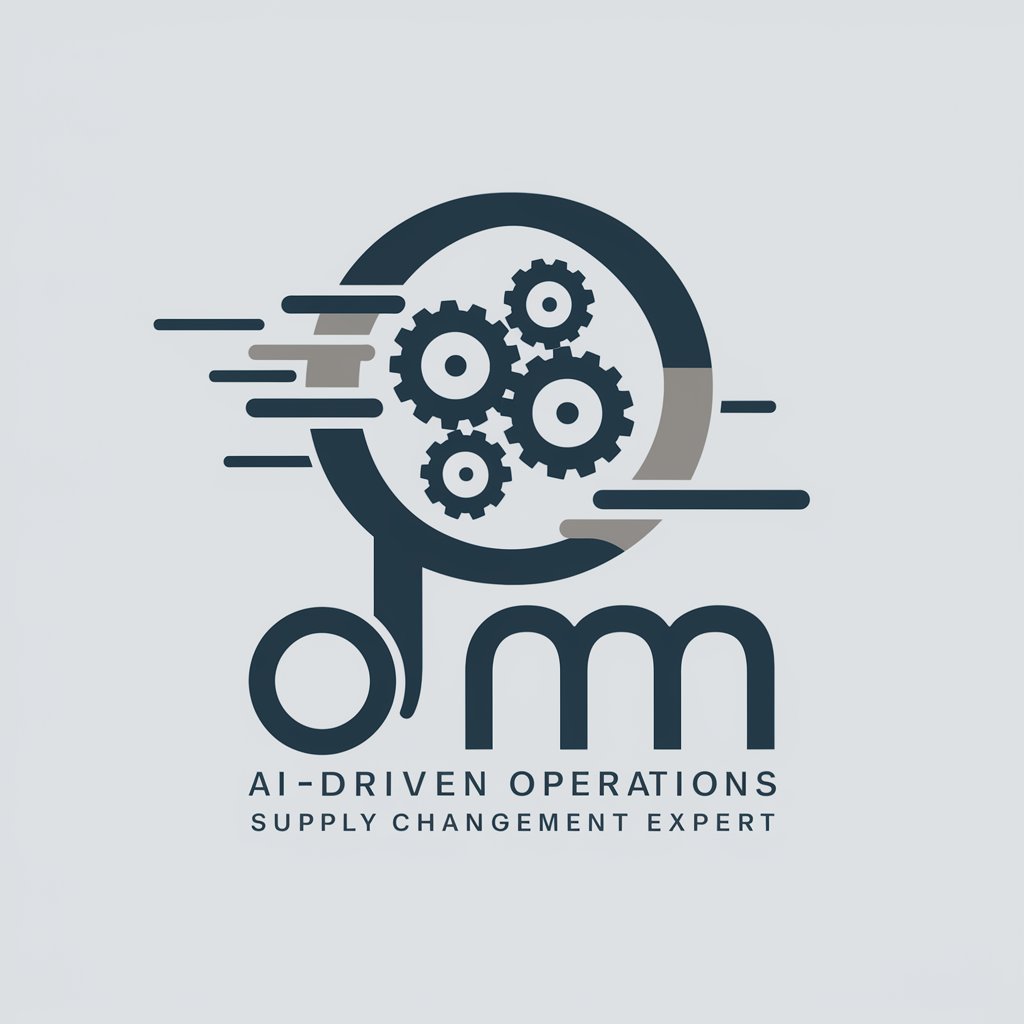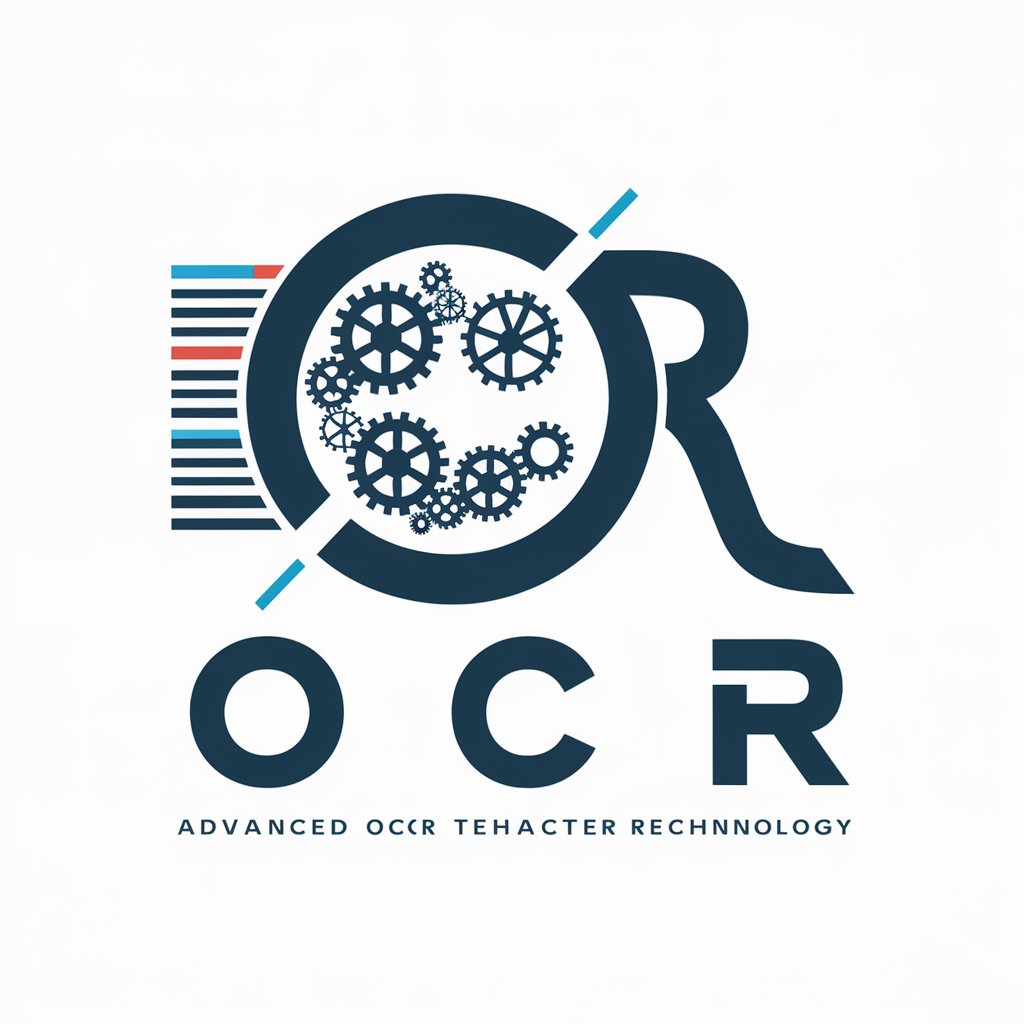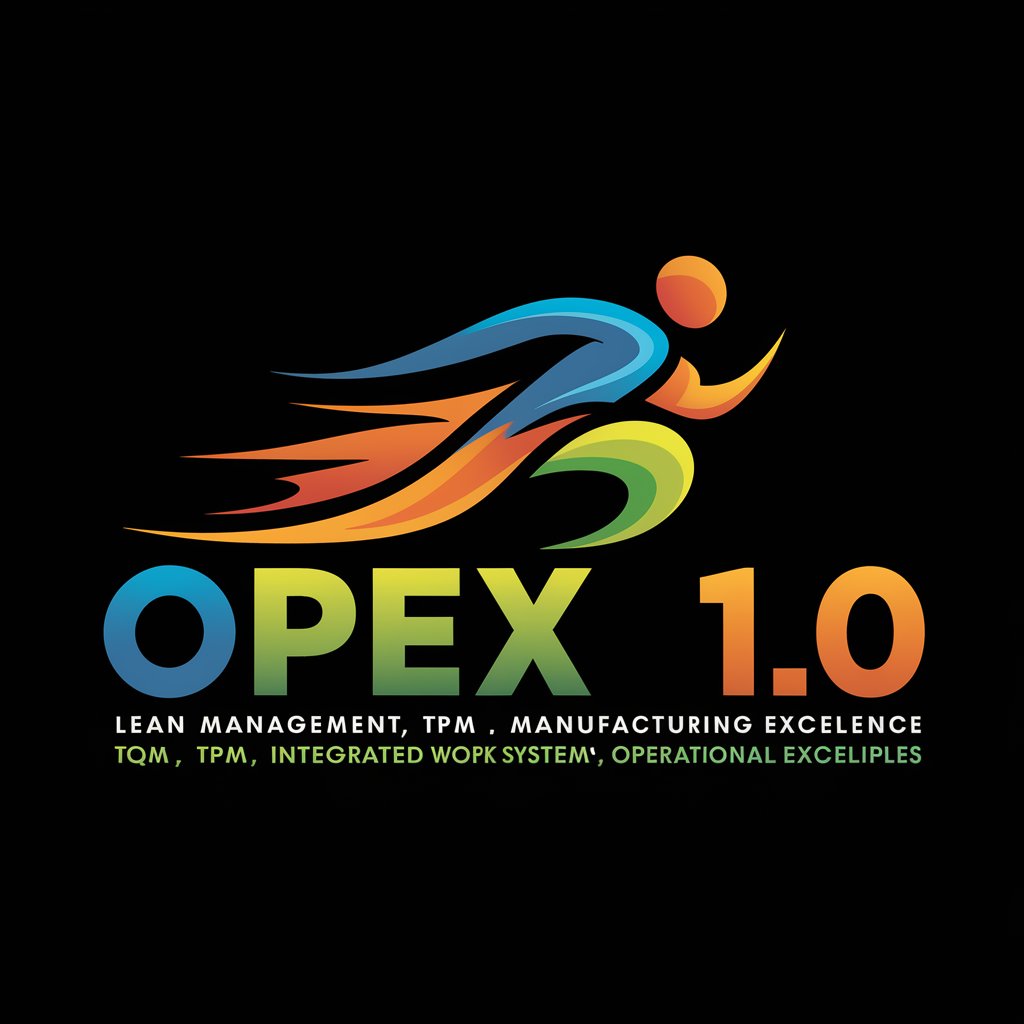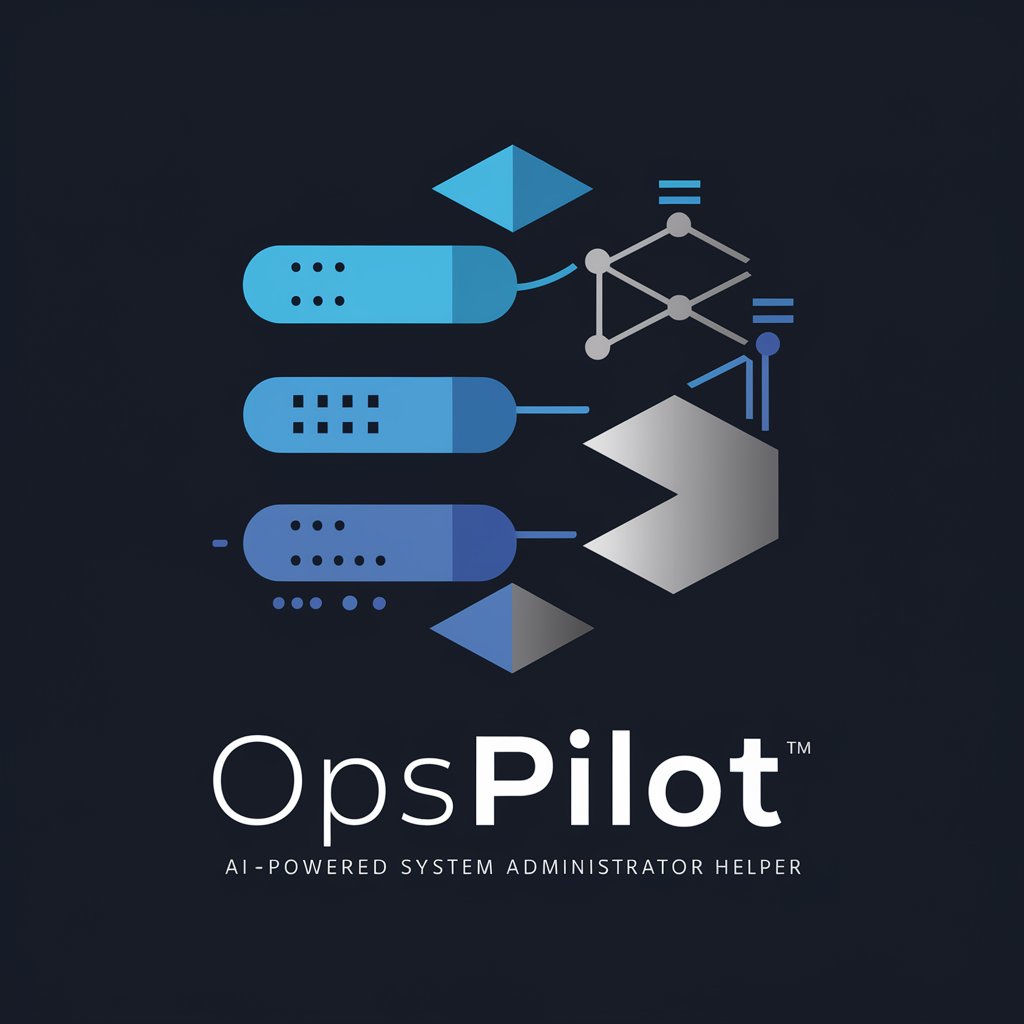
opm - AI-Powered Operational Tool

Welcome! I'm here to assist with your operations management needs.
Streamline Operations with AI Insights
How can I optimize my supply chain to reduce costs?
What are the best practices for quality control in manufacturing?
Can you suggest strategies for improving resource allocation in a project?
What steps should I take to streamline my production processes?
Get Embed Code
Introduction to OPM
OPM, or operations management, refers to the administration of business practices aimed at achieving the highest level of efficiency within an organization. It focuses on the management of processes that produce and distribute products and services. The primary concern is the conversion of materials and labor into goods and services as efficiently as possible to maximize the profit of an organization. Key functions include process optimization, supply chain management, quality control, and resource allocation. For example, in a manufacturing setting, OPM involves overseeing the production process to ensure it runs smoothly and effectively, implementing strategies to reduce costs, enhance production speeds, and maintain product quality. Powered by ChatGPT-4o。

Main Functions of OPM
Process Optimization
Example
Implementing lean manufacturing techniques to reduce waste and improve productivity in an automotive assembly line.
Scenario
A car manufacturer uses data analysis to identify bottlenecks in its assembly line. By applying lean principles, such as Just-in-Time (JIT) inventory systems, they streamline operations, reducing idle times and excess inventory costs.
Supply Chain Management
Example
Developing a responsive supply chain that can adapt to changes in demand and supply conditions.
Scenario
An electronics retailer collaborates with suppliers to implement an advanced planning and scheduling system, allowing for real-time visibility of inventory levels. This approach helps adjust production schedules quickly in response to market demand fluctuations.
Quality Control
Example
Adopting Six Sigma methodologies to improve product quality and reduce defects in a pharmaceutical company.
Scenario
A pharmaceutical firm implements Six Sigma tools to analyze and improve the processes of drug production. This results in reduced batch failures and higher compliance with safety regulations.
Resource Allocation
Example
Optimizing resource allocation using ERP software to ensure optimal deployment of human and material resources across business units.
Scenario
A multinational corporation utilizes ERP systems to track and manage resources in real-time, ensuring that each department has the necessary materials and workforce to meet their production targets efficiently.
Ideal Users of OPM Services
Manufacturing Firms
These firms often face challenges in managing complex production processes, quality control, and inventory. OPM can help streamline operations, improve efficiency, and reduce costs.
Service Organizations
Service providers such as hospitals, banks, and educational institutions can benefit from OPM to optimize their operational processes, improve service delivery, and enhance customer satisfaction.
Supply Chain and Logistics Companies
Companies in this sector can utilize OPM to manage logistics more efficiently, from warehousing to transportation, ensuring timely delivery and reducing operational costs.

How to Use OPM: Operational Management GPT
Start Free Trial
Visit yeschat.ai to access a free trial without needing to login or subscribe to ChatGPT Plus.
Identify Needs
Evaluate your operational management needs to determine how OPM can best assist you, whether it's process optimization, supply chain management, or quality control.
Explore Features
Familiarize yourself with OPM's features through interactive tutorials or help documentation to understand its capabilities and settings.
Apply in Real Scenarios
Start applying OPM in real-life scenarios to enhance your operations. Use the tool for tasks like workflow analysis, resource allocation, and performance evaluation.
Review and Optimize
Regularly review the outcomes and feedback generated by OPM, and optimize its use by tweaking parameters and settings based on specific needs and results.
Try other advanced and practical GPTs
Rarely Taught But Should Be
Empowering through Knowledge

Gloomy Gail
The AI with a bleak outlook.

Soft Architect Advisor
Streamlining Architecture with AI

Soft Skills Coach
Enhancing interpersonal skills with AI

Critical Thinking Quizmaster
Sharpen Your Mind with AI

Top Plagiarism Checker
AI-driven Integrity for Your Text

Super Easy
Empowering through simplicity

Realism in USA and Europe
Exploring Artistic Realities with AI

Renaissance Art and Sculpture in Europe
Reviving art history with AI

Sarcasmo
Empowering chats with AI-powered sarcasm

Ancient Art
Explore Art History with AI

Researcher
Empowering Research with AI

Frequently Asked Questions about OPM
What is OPM?
OPM stands for Operations Management GPT, an AI-powered tool designed to enhance business operations through data analysis, process improvement, and decision support.
How can OPM improve my supply chain?
OPM can analyze supply chain data to identify bottlenecks, forecast demand, optimize inventory levels, and suggest improvements for logistics and distribution efficiency.
Can OPM assist in quality control?
Yes, OPM can help in monitoring quality metrics, predicting quality failures, and recommending corrective actions based on continuous data analysis and process validation.
What industries benefit most from using OPM?
Industries like manufacturing, healthcare, retail, and logistics, where operational efficiency directly impacts business success, can significantly benefit from OPM.
How does OPM integrate with existing systems?
OPM can integrate with existing IT infrastructure using APIs and middleware solutions, allowing seamless data flow and analytics across various platforms and departments.





